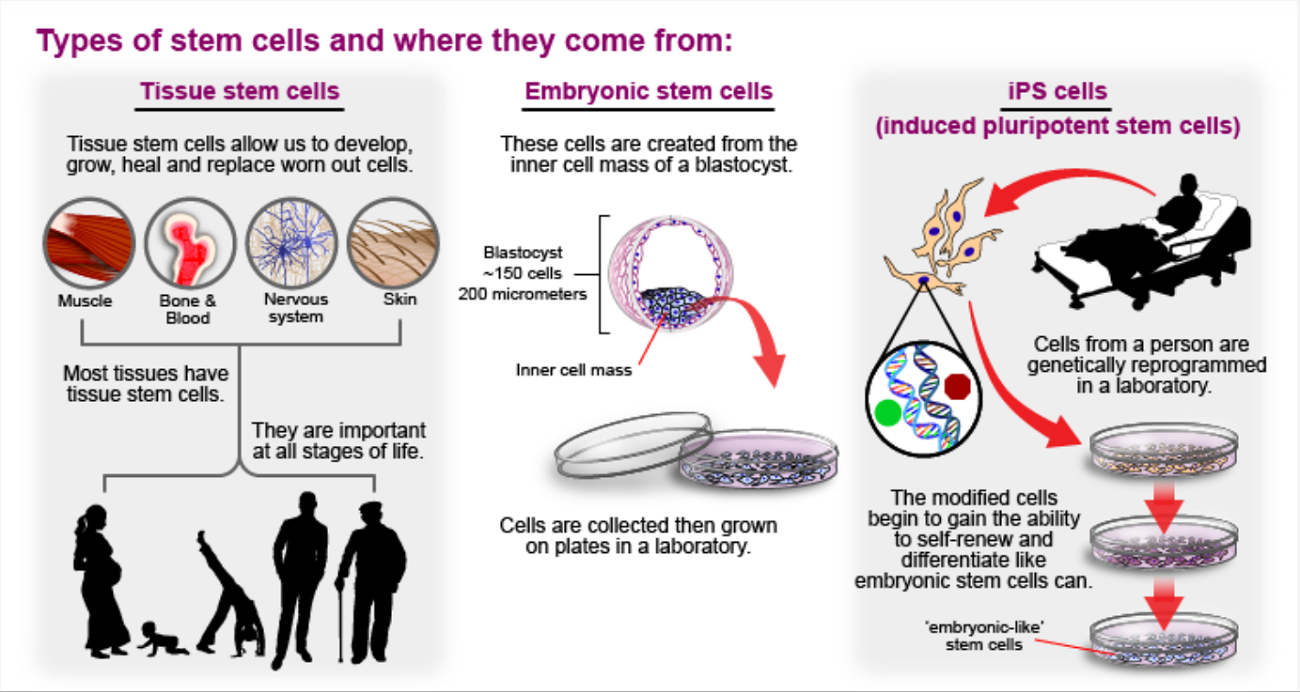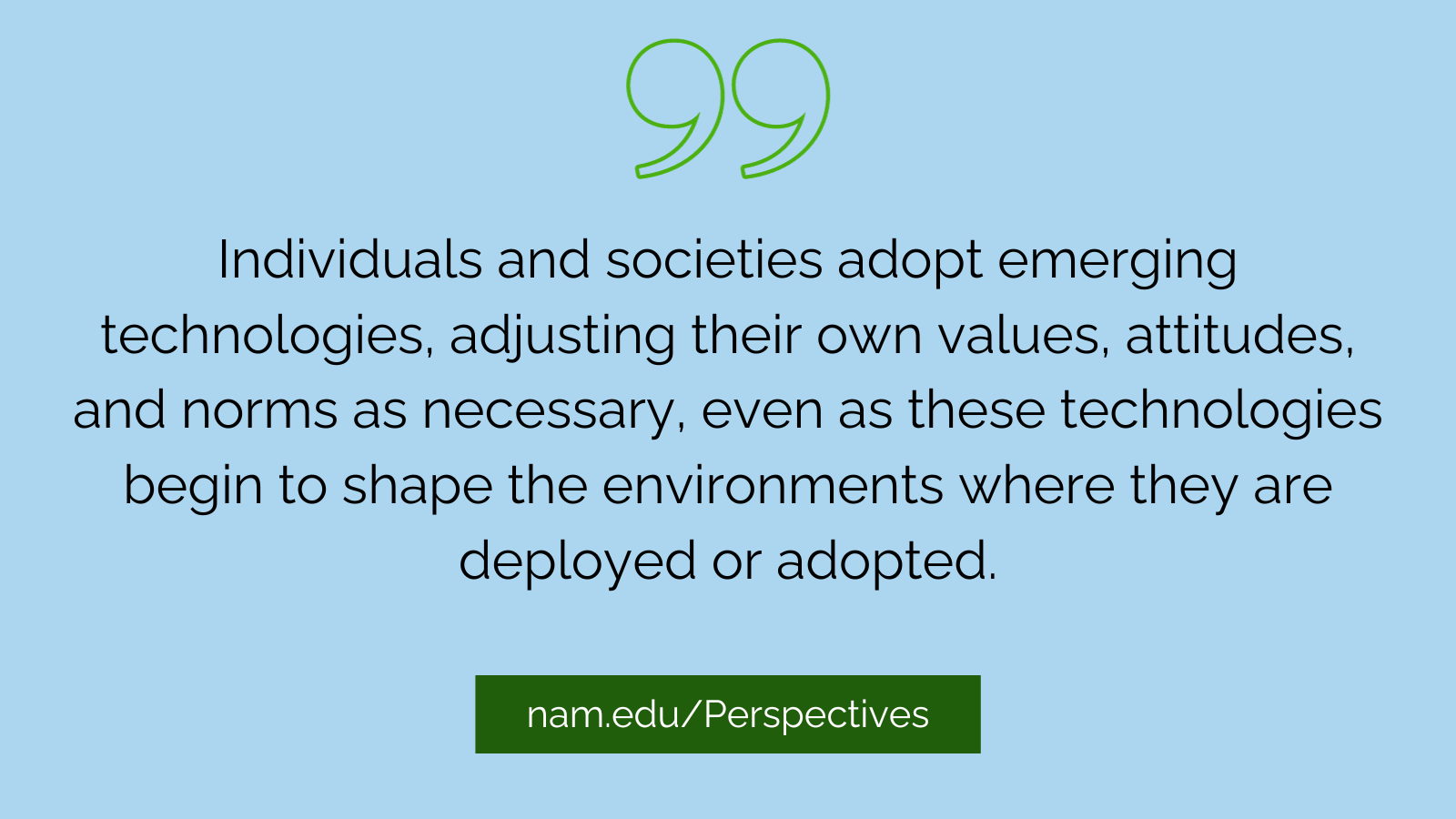
[/image][=video]
[/video]
There are lots of kinds of stem cells. As a whole, the term stem cell refers to a classification of cells that trigger various other cells (like skin, blood, heart, and muscular tissue cells) by reproducing and differentiating in reaction to chemical cues. Totipotent stem cells show up at the earliest stage of advancement and are the only stem cells which can create embryonic stem cells and the placenta.
Bone marrow transplant (BMT) is a special treatment for clients with particular cancers cells or other diseases. A bone marrow transplant entails taking cells that are usually located in the bone marrow (stem cells), filtering system those cells, and providing back either to the contributor (client) or to another person. The goal of BMT is to transfuse healthy and balanced bone marrow cells right into an individual after his/her own harmful bone marrow has actually been dealt with to kill the irregular cells.
Bone marrow is the soft, spongy tissue located inside bones. It is where a lot of the body's blood cells establish and are kept. The blood cells that make other blood cells are called stem cells. One of the most primitive of the stem cells is called the pluripotent stem cell. This is various than other blood cells when it come to the following residential properties: It has the ability to replicate an additional cell identical to itself.
It is the stem cells that are required in bone marrow transplant. The goal of a bone marrow transplant is to cure numerous diseases and kinds of cancer. When the dosages of chemotherapy or radiation needed to cure a cancer are so high that a person's bone marrow stem cells will certainly be completely damaged or ruined by the therapy, a bone marrow transplant may be required.
Menopause Therapy
This process is typically called rescue. Replace bone marrow with genetically healthy and balanced working bone marrow to stop more damages from a hereditary disease procedure (such as Hurler's syndrome and adrenoleukodystrophy). The threats and advantages must be considered in a detailed discussion with your healthcare supplier and experts in bone marrow transplants before the procedure.
There are different kinds of bone marrow transplants relying on who the contributor is. The various kinds of BMT consist of the following: The benefactor is the client himself or herself. Stem cells are drawn from the patient either by bone marrow harvest or apheresis (a procedure of gathering outer blood stem cells), frozen, and afterwards returned to the person after intensive therapy.
The donor shares the very same genetic type as the individual. Stem cells are taken either by bone marrow harvest or apheresis from a genetically matched contributor, usually a bro or sis. Other benefactors for allogeneic bone marrow transplants might consist of the following: A haploid-identical match is when the benefactor is a parent and the hereditary suit is at the very least half similar to the recipient.

Matching includes inputting human leukocyte antigen (HLA) cells. The antigens externally of these special leukocyte identify the genetic makeup of an individual's body immune system. There are at the very least 100 HLA antigens; nonetheless, it is believed that there are a few significant antigens that figure out whether a donor and recipient match.
Medical study is still checking out the role all antigens play in the procedure of a bone marrow transplant. The more antigens that match, the much better the engraftment of donated marrow. Engraftment of the stem cells happens when the donated cells make their means to the marrow and start making brand-new blood cells.
Menopause Therapy
All individuals interact to provide the ideal chance for an effective transplant. The team is composed of the following: Doctor that specialize in oncology, hematology, immunology, and bone marrow transplantation. A nurse who organizes all elements of care provided before and after the transplant. The registered nurse organizer will give client education, and collaborates the analysis screening and follow-up treatment.
Experts who will certainly aid you fulfill your nutritional needs prior to and after the transplant. They will certainly function very closely with you and your family members. Specialists who will certainly help you become strong and independent with activity and endurance after the transplantation. Chaplains who give spiritual treatment and assistance. Several various other staff member will certainly review you before transplantation and will certainly provide follow-up care as required.

A total clinical history and physical examination are done, consisting of several tests to review the person's blood and organ functions (for instance, heart, kidney, liver, and lungs). A client will certainly commonly enter the transplant center as much as 10 days prior to transplant for hydration, analysis, placement of the central venous line, and various other prep work.
For an allogeneic transplant, an ideal (cells keyed in and matched) contributor must be offered. Voluntary marrow benefactors are registered in a number of national and global pc registries.
Benefactor sources readily available consist of: self, brother or sister, parent or family member, nonrelated individual, or umbilical cable from a relevant or nonrelated person. There are national and worldwide computer system registries for nonrelated people and cord blood.
Hormone Therapy
Tests connected to his or her health and wellness, direct exposure to viruses, and hereditary analysis will certainly be done to identify the level of the match. The benefactor will certainly be given guidelines on exactly how a bone marrow contribution will certainly be made. As soon as a match for a client requiring a bone marrow transplant is discovered, then stem cells will be accumulated either by a bone marrow harvest.
Or by an outer blood stem cell collection. This is where stem cells are accumulated from the flowing cells in the blood.
Navigation
Latest Posts
Hormone Therapy around Auburn Hills
Regenerative Therapy local to Auburn Hills, Michigan
Regenerative Therapy